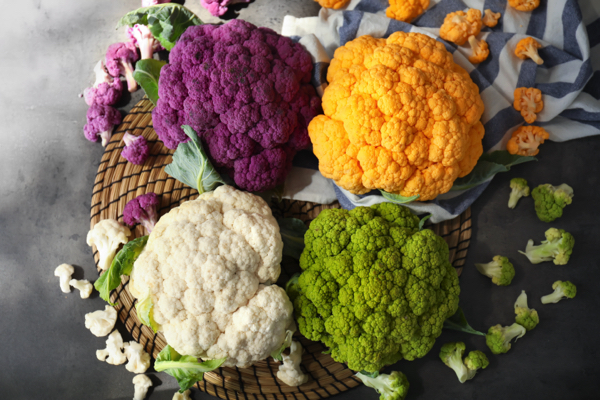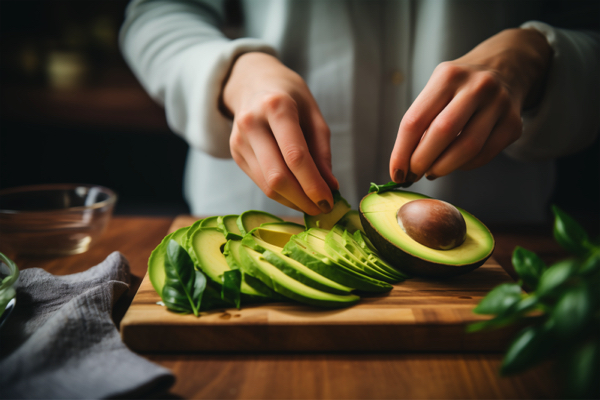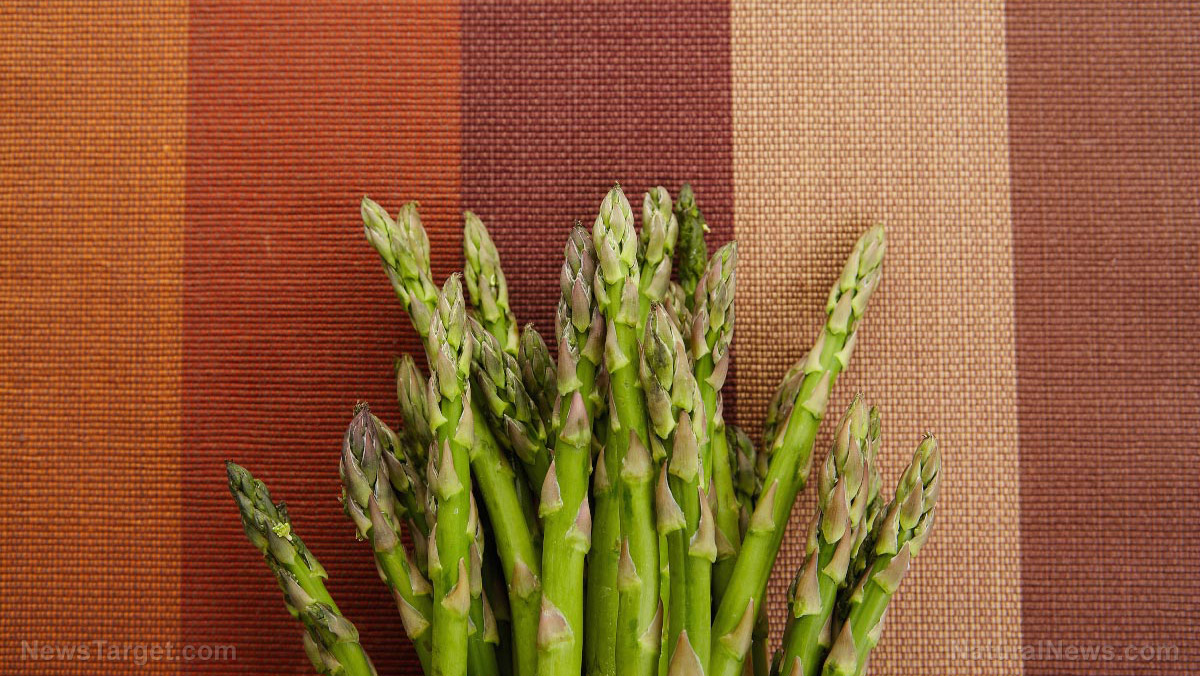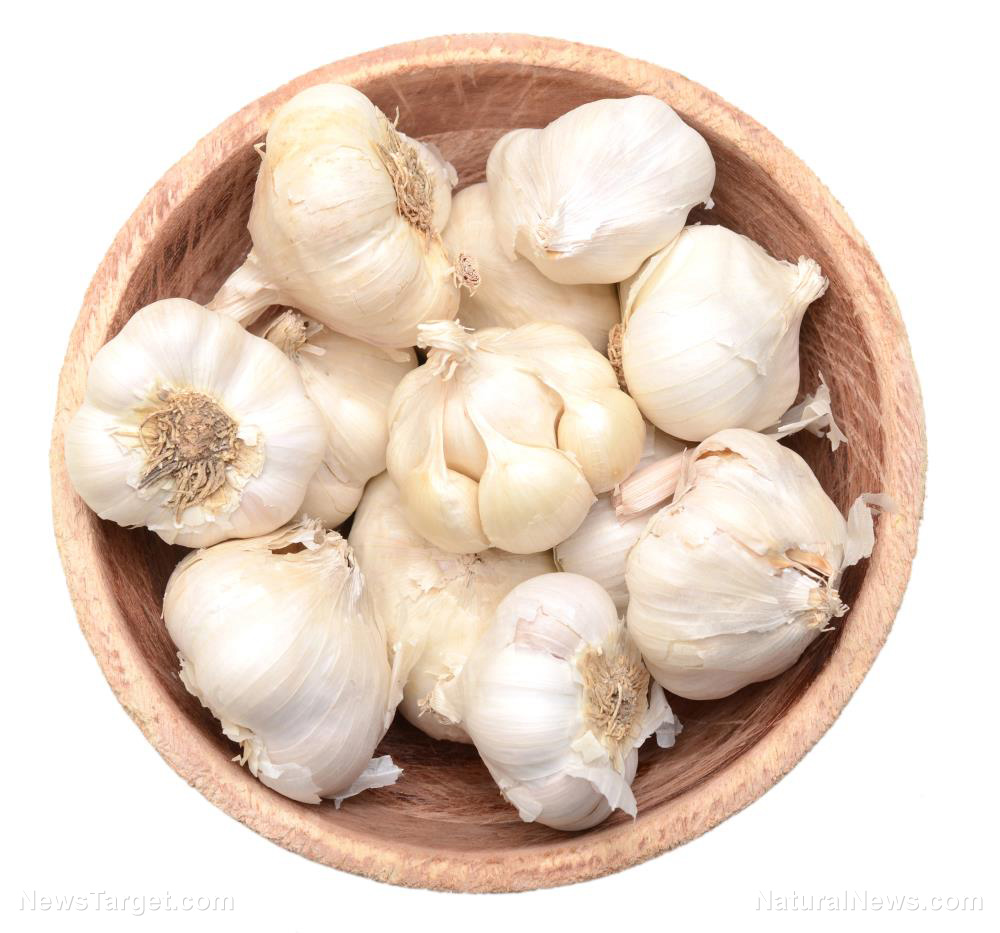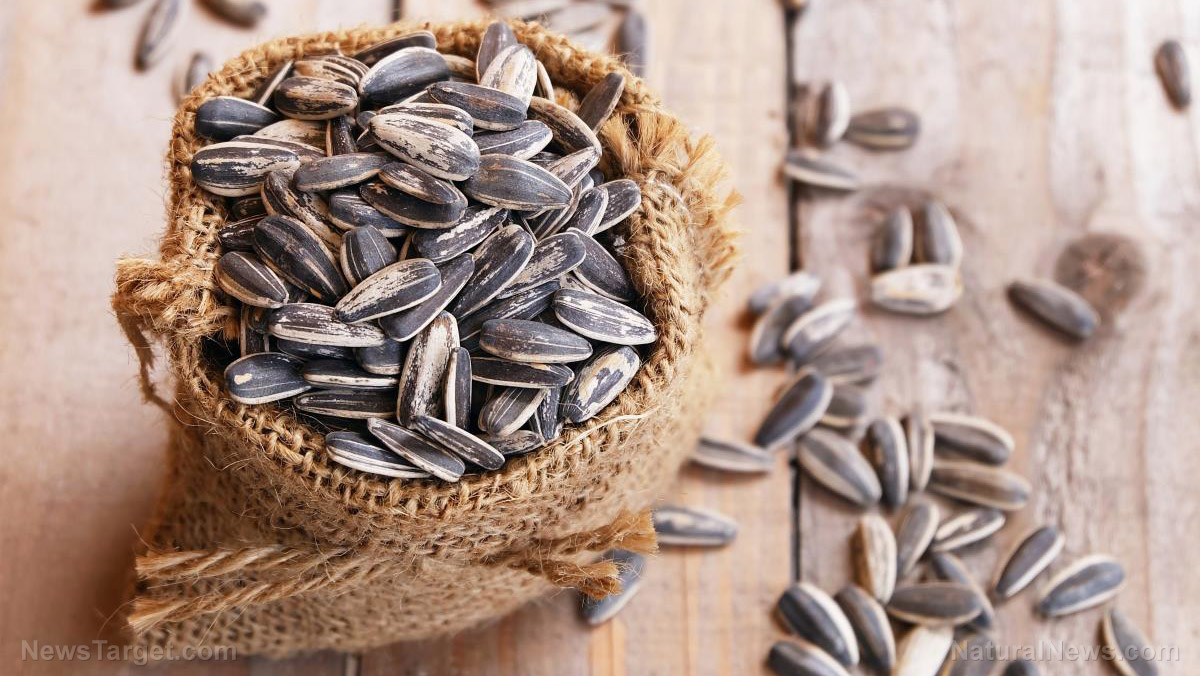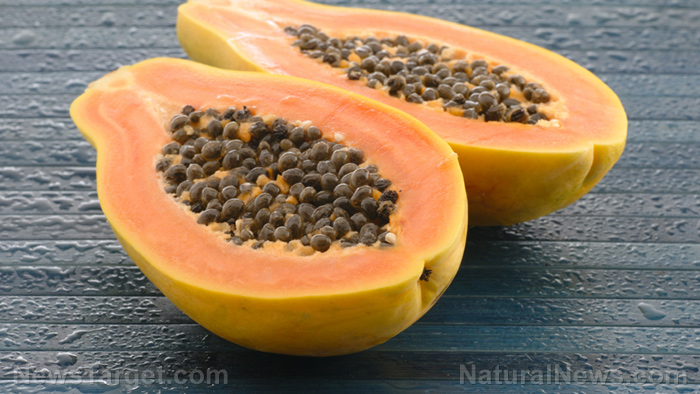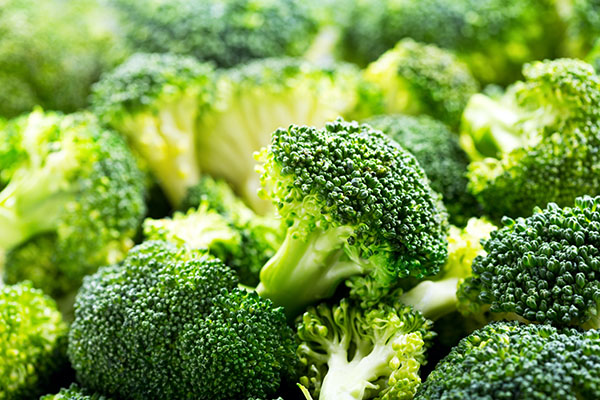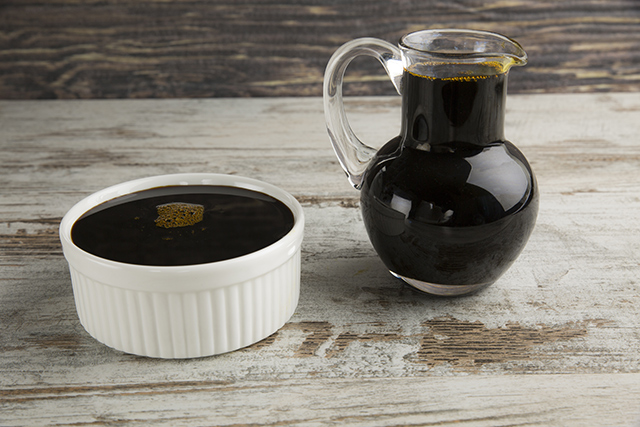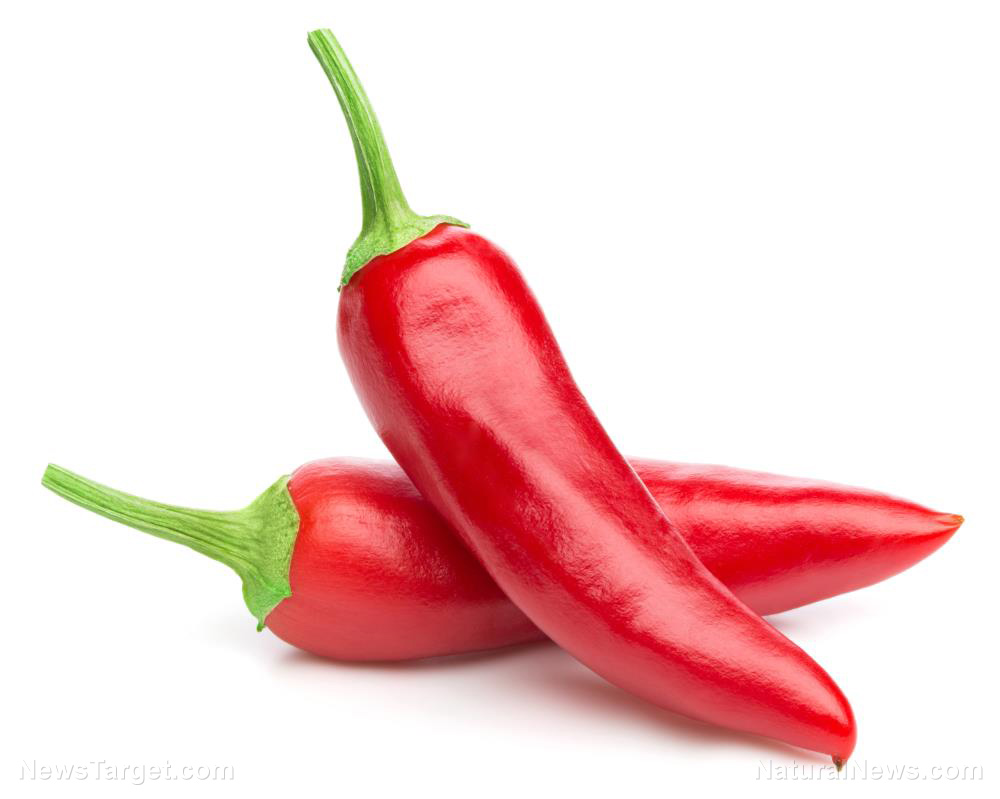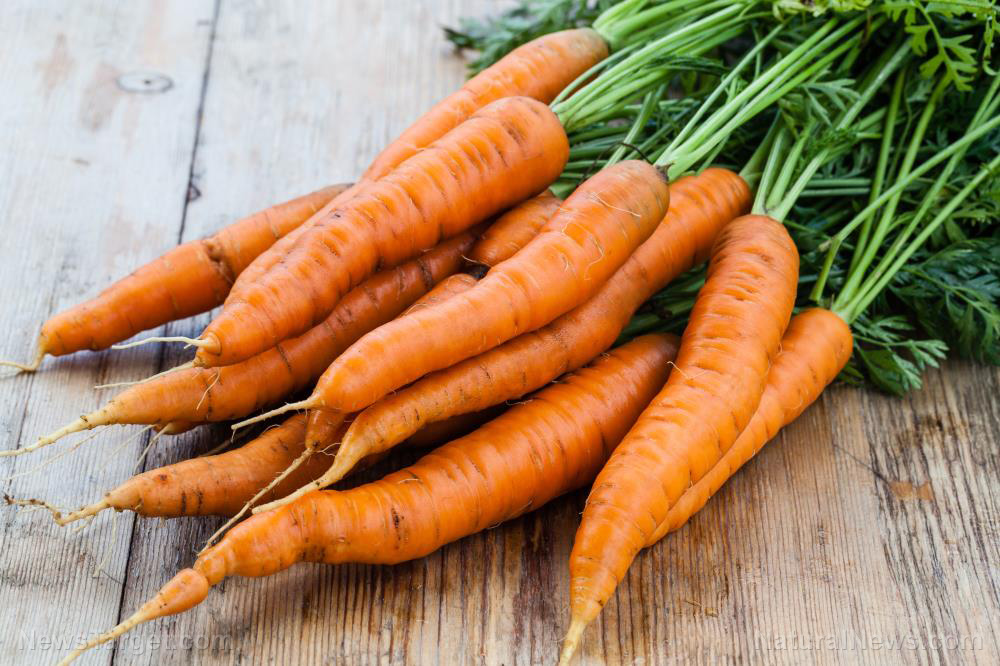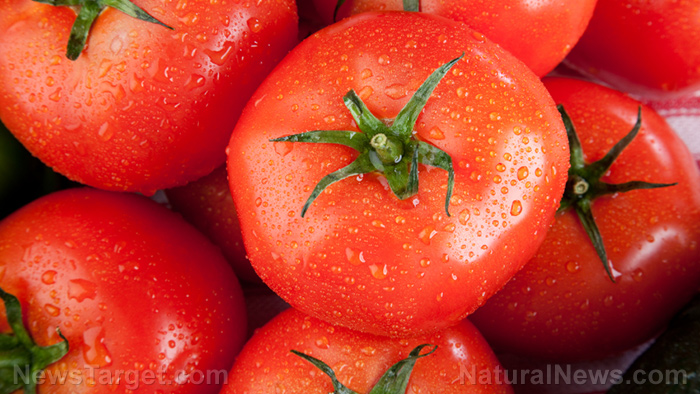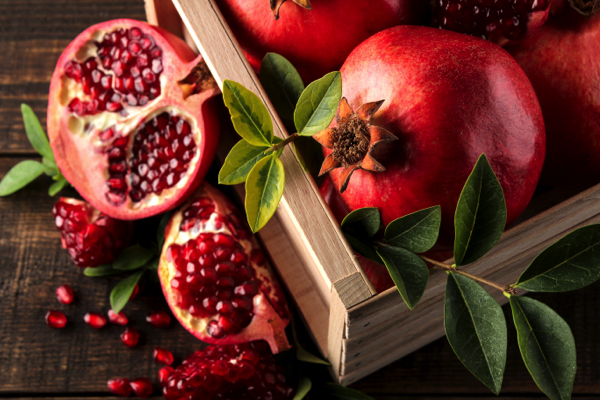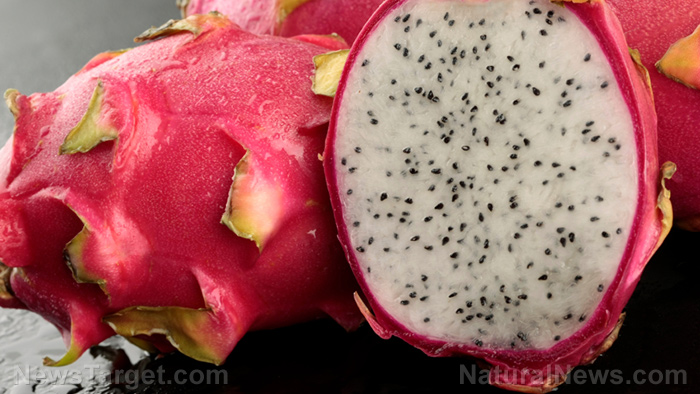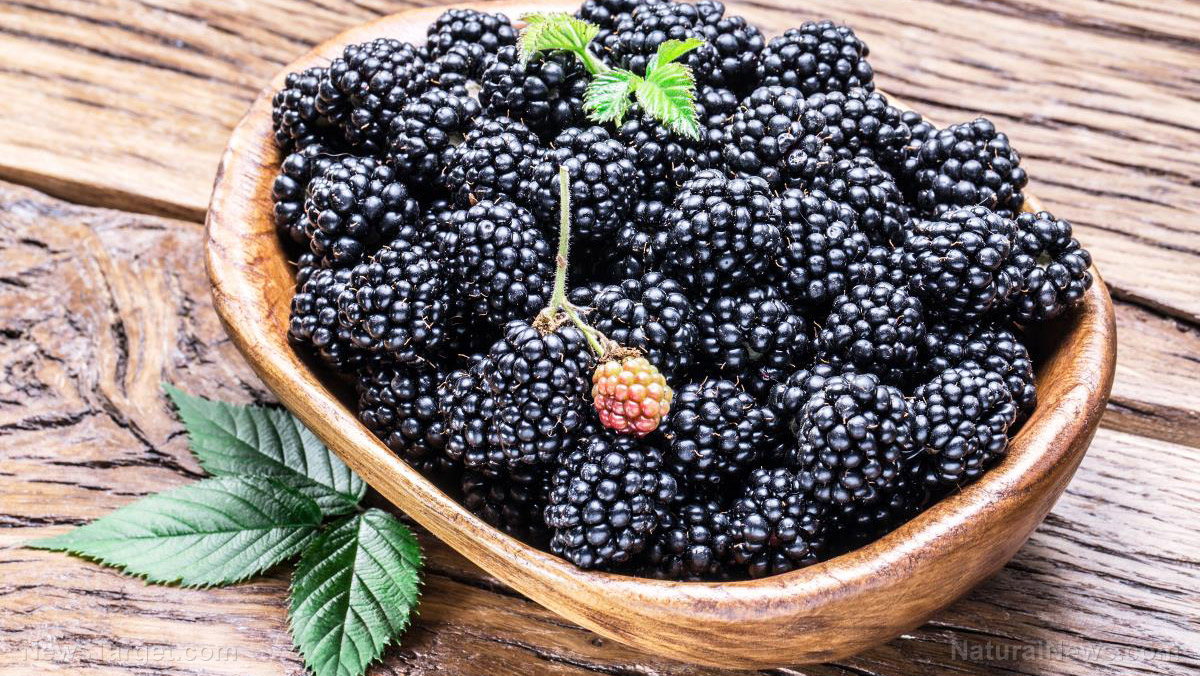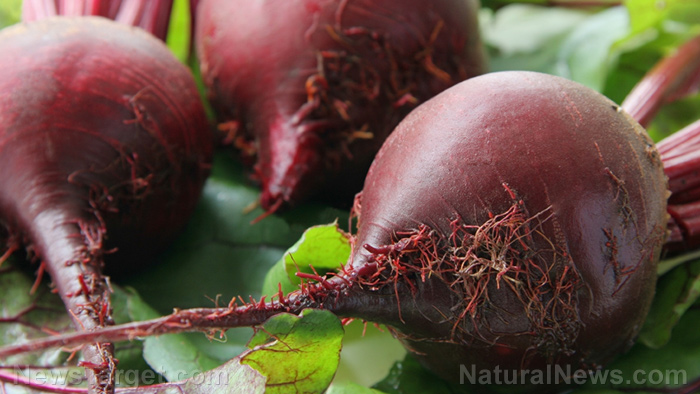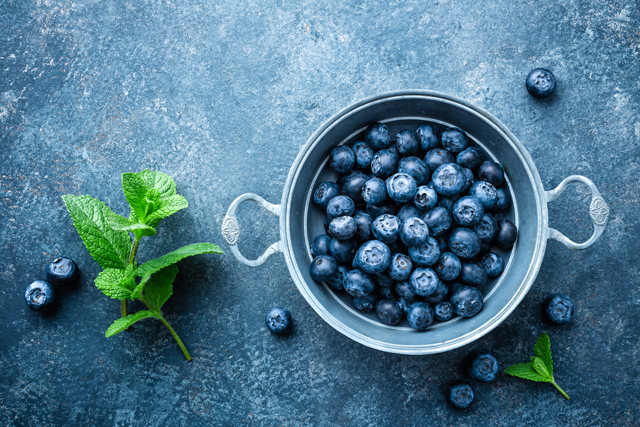Kale: A vegetable with unparalleled nutrient density
08/04/2025 / By Laura Harris
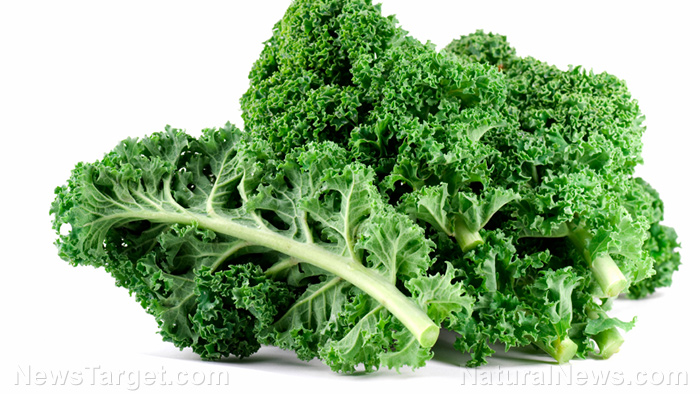
- Kale is packed with essential vitamins and minerals, fiber and antioxidants that can support immunity, bone health and detoxification.
- Originating in the Mediterranean, kale was a dietary staple in ancient Greece, Rome and medieval Europe before its modern resurgence as a health food.
- Enjoy kale raw (salads, smoothies), cooked (sautéed, soups) or baked (chips); it is easy to incorporate into various dishes.
- Non-organic kale may contain pesticides, while oxalates and goitrogens (in raw form) could affect kidney and thyroid health. Moderation and cooking help mitigate these risks.
- Opt for organic kale to reduce chemical exposure and pair it with other nutrient-rich foods for maximum benefits.
In the world of superfoods, few vegetables command as much attention as kale. This leafy green powerhouse has earned its reputation as one of the most nutrient-dense foods on the planet, offering an impressive array of vitamins, minerals and antioxidants. Whether blended into smoothies, baked into crispy chips or tossed into salads, kale enhances both the nutritional profile and visual appeal of any dish.
Brief history of kale
Kale (Brassica oleracea var. sabellica) is a nutrient-dense leafy green vegetable belonging to the cruciferous family and is closely related to broccoli, Brussels sprouts and cabbage. Its origins can be traced back to Asia Minor and the eastern Mediterranean, where it was first cultivated over 2,500 years ago. Kale came to Europe around 600 B.C.E. and became a vital crop for ancient Greeks and Romans, who prized its hardiness and nutritional value. During the Middle Ages, kale became a dietary staple for European peasants, especially those living in colder regions, due to its resilience to harsh climates.
In the 17th century, English settlers introduced kale to North America, where it later became a beloved ingredient in Southern U.S. cuisine. The late 19th century saw the discovery of dinosaur kale in Italy, and by the 1980s, ornamental kale began commercial production in California. Though kale remained a traditional crop in many cultures, its resurgence only came in the 21st century when health experts and consumers began to acknowledge it as a “superfood.”
Today, kale is often featured in smoothie bowls, detox juices and farm-to-table menus, solidifying its place as a nutritional powerhouse of the new millennium.
Nutritional profile and health benefits
Kale’s reputation as a superfood is well-deserved due to its dense concentration of essential vitamins, minerals and antioxidants. It supports immune function, bone health and detoxification while offering anti-inflammatory benefits. Kale’s nutrient profile makes it one of the most health-promoting leafy greens available. (Related: Four reasons to add more kale to your diet.)
Vitamin K
- Kale is one of the best plant-based sources of vitamin K, which is crucial for proper blood clotting and bone metabolism. Just one cup of kale provides over 600 percent of the daily recommended intake, helping prevent osteoporosis and support cardiovascular health.
Vitamin A (beta-carotene)
- Kale is rich in beta-carotene, a precursor to vitamin A, which is essential for maintaining healthy vision, skin and immune function. Unlike synthetic supplements, natural vitamin A is more easily absorbed and utilized by the body.
Vitamin C
- As a potent antioxidant, the vitamin C in kale helps neutralize free radicals, reducing oxidative stress and inflammation. It also boosts collagen production, promoting skin elasticity and wound healing while strengthening immune defenses.
Calcium
- Kale provides a highly bioavailable form of calcium, meaning the body absorbs it more efficiently than calcium from other sources like spinach (which contains oxalates that inhibit absorption). This makes kale excellent for maintaining strong bones and teeth.
Iron
- Kale contains non-heme iron which, when paired with vitamin C-rich foods (like citrus or bell peppers), enhances absorption. Iron is vital for oxygen transport in red blood cells, preventing fatigue and supporting energy production.
Fiber
- High in both soluble and insoluble fiber, kale promotes digestive health by promoting bowel regularity and feeding beneficial gut bacteria. Fiber also helps regulate blood sugar levels and supports satiety, making it beneficial for weight management.
Antioxidants
- The flavonoids in kale have anti-inflammatory, antiviral and heart-protective effects. Quercetin can help lower blood pressure, while kaempferol has been linked to a reduced risk of chronic diseases like cancer and diabetes.
While kale is highly nutritious, there are certain things you need to consider.
Non-organic kale often ranks high on the Environmental Working Group’s (EWG) “Dirty Dozen” list due to pesticide contamination, including harmful chemicals like Dacthal (DCPA), which is linked to cancer and hormone disruption, and neonicotinoids, which are neurotoxic and harmful to pollinators. Kale can also absorb trace amounts of heavy metals like cadmium and lead from contaminated soil.
To minimize your exposure to these toxins, always choose organic kale.
Kale also contains oxalates, which may contribute to kidney stone formation in susceptible individuals, so moderation is key for people prone to this issue. Furthermore, kale contains goitrogens – compounds that can interfere with thyroid function if consumed excessively in raw form. However, cooking significantly reduces their activity.
Culinary uses of kale
Kale’s versatility makes it easy to incorporate into meals. Here are some delicious ways to enjoy kale:
Raw preparations
- Kale salad – Massage with olive oil, lemon and salt to soften leaves.
- Superfood smoothies – Blend with banana, almond milk and chia seeds
Cooked dishes
- Sautéed kale – Cook with garlic, olive oil and a splash of apple cider vinegar
- Kale chips – Bake with sea salt and nutritional yeast for a crunchy snack
Hearty meals
- Kale pesto – Blend with basil, nuts and Parmesan cheese for a healthy pasta
- Kale soup – Add to lentil or potato soups for extra nutrients
Global kale dishes
- Portuguese caldo verde – A traditional soup with kale and sausage
- Italian ribollita – A Tuscan bread and kale stew
This story is not medical advice and is not intended to treat or cure any disease. Always consult with a qualified naturopathic physician for personalized advice about your specific health situation or concern.
Learn more about the health benefits of superfoods and other natural ingredients at NaturalNews.com, your trusted source for wellness insights and nutritional knowledge.
For cutting-edge tools to expand your understanding of natural health, try Brighteon.ai, an innovative AI model created by Mike Adams, the Health Ranger. This free, downloadable tool is designed to decentralize knowledge, bypass censorship and empower individuals with actionable information.
If you’re passionate about nutrition, natural medicine and uncensored discussions, visit Brighteon.com, a free speech video platform, and join our vibrant communities on Brighteon.IO and Brighteon.social. Dive into open conversations about food, ingredients and holistic health today!
Watch the video below for a delicious recipe for Spicy Kale Greens.
This video is from the Living The Life With Tracy channel on Brighteon.com.
More related stories:
Your stress-free guide to growing your own kale.
Essential survival fuel: Freeze-dried organic kale packed with nutrients.
Sources include:
Submit a correction >>
Tagged Under:
antioxidants, food cures, food is medicine, food science, functional food, grocery cures, health science, ingredients, kale, natural health, nutrients, nutrition, organics, phytonutrients, vegetables
This article may contain statements that reflect the opinion of the author
RECENT NEWS & ARTICLES
COPYRIGHT © 2017 TOP 10 GROCERY SECRETS

